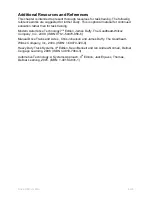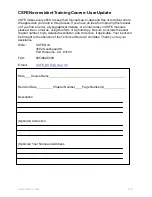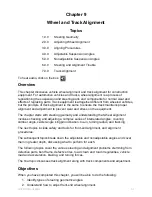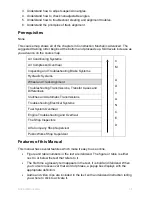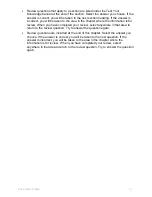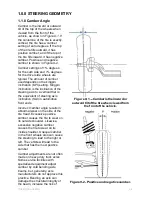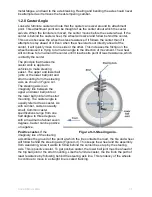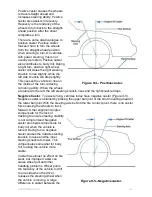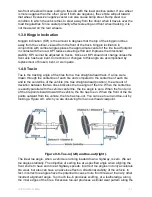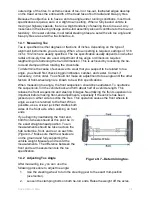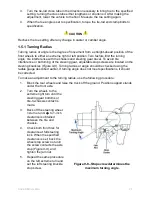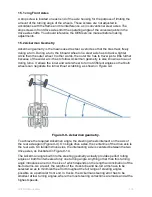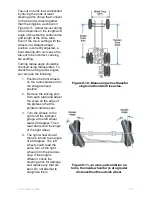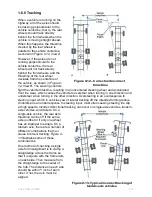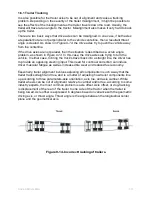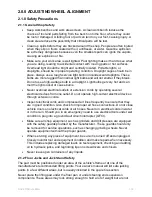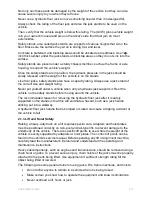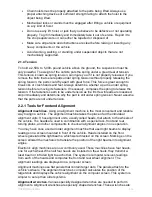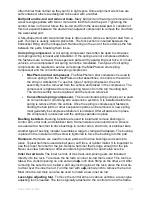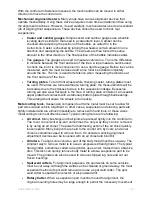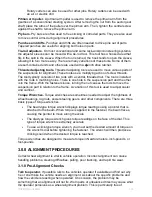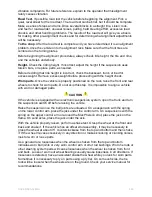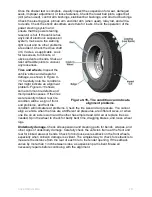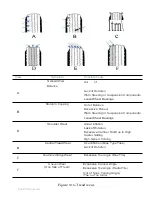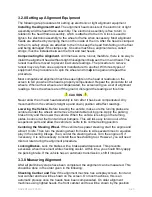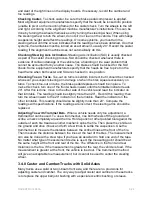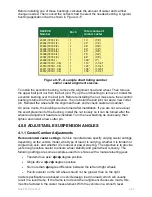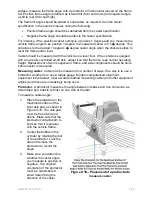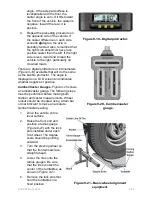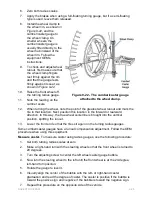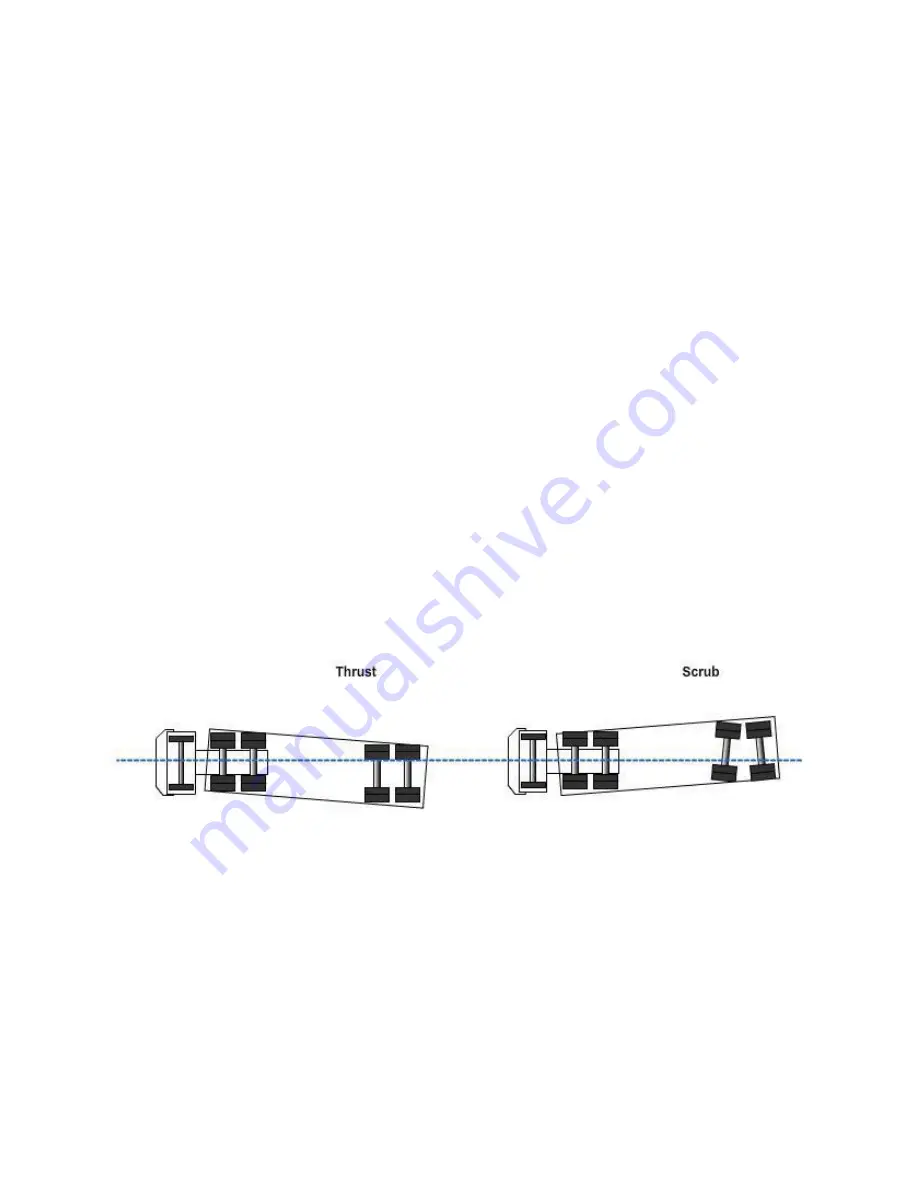
1.6.1 Trailer Tracking
It is also possible for the trailer axles to be out of alignment and cause a tracking
problem. Depending on the severity of the trailer misalignment, it might be possible to
see the effects of the misalignment as the trailer travels down the road. Usually, the
trailer will travel at an angle to the tractor. Misalignment also makes it very hard to back
up the trailer.
There are two basic ways that drive axles can be misaligned. In one case, if both axles
are parallel but are not perpendicular to the vehicle centerline, then a resultant thrust
angle is created. As shown in
Figure 9-14
, the drive axles try to push the vehicle away
from the centerline.
If the drive axles are not parallel, then the situation is described as a scrub angle
problem, as shown in
Figure 9-14
. In this case, the drive axles are trying to turn the
vehicle. In either case, to bring the truck's travel back into a straight line, the driver has
to provide an opposing steering input. This need for continual correction can induce
driver muscular fatigue as well as increased tire wear and reduced fuel economy.
Essentially, trailer alignment involves adjusting all components in such a way that the
trailer tracks straight and true, and is a matter of adjusting how trailer components line
up according to three parameters-axle orientation, axle toe, and axle camber. While
trailer wheels can be out of alignment relative to camber and/or toe, according to some
industry experts, the most common problem is axle offset. Axle offset, or dog-tracking,
is displacement of the rear of the trailer to one side of the tractor when the trailer is
being towed. Axle offset is expressed in degrees based on variance with the geometric
driving axis, or thrust angle. Thrust angle is the angle between the longitudinal center
plane and the geometrical axis.
Figure 9-14 - Incorrect tracking of trailers.
NAVEDTRA 14050A
9-13

